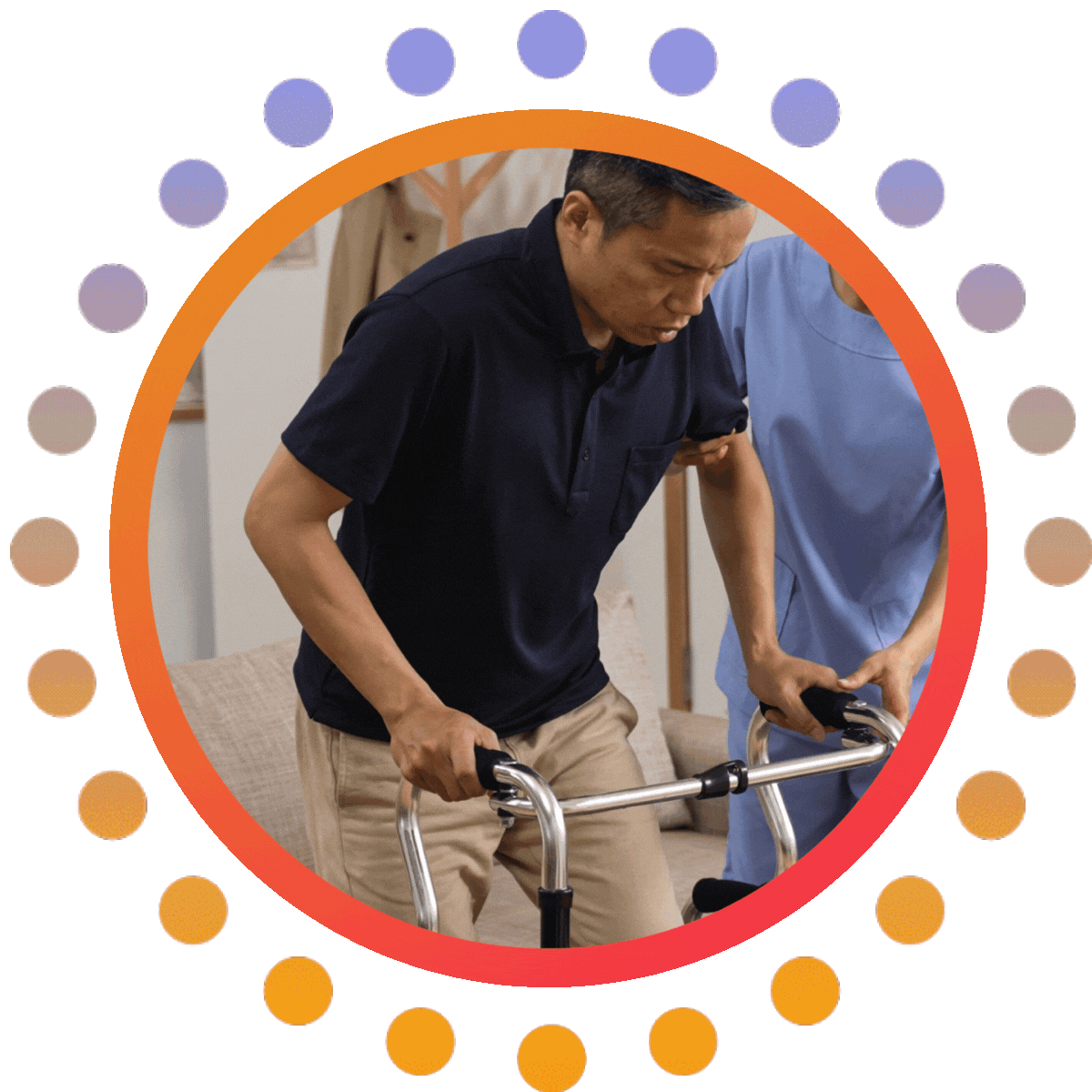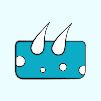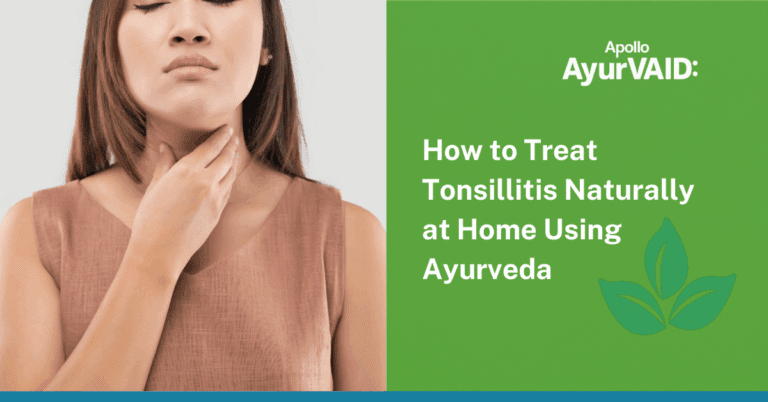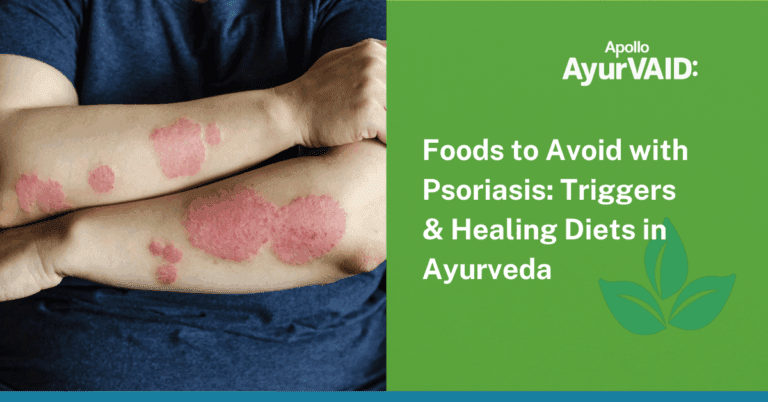
Web Stories
Step Into the Story: Explore Now
A stroke is a medical emergency that occurs when blood flow to the brain is interrupted, either due to a blockage or a bleed in the brain. Early recognition and treatment of a stroke can significantly improve the chances of recovery and reduce the risk of long-term disability.

Types of Stroke
Stroke can be classified under 3 main types, they are:
- Ischaemic stroke
- Haemorrhagic Stroke
- Mini – Stroke or Transient Ischaemic Attack
Ischemic Stroke
An ischemic stroke occurs when a blood clot blocks an artery that supplies blood to the brain. It is of 2 types – Thrombotic and Embolic
- Thrombotic strokes: It is caused by a blood clot obstructing the artery supplying blood to the brain, also called an atherosclerotic stroke.
- Embolic strokes: It occurs when a clot forms elsewhere in the body and travels through the blood vessels to the brain. It gets stuck there and arrests the flow of blood further. Atrial fibrillation increases the risk of clots forming in the heart that can then travel to the brain.
The symptoms of an ischemic stroke can include sudden weakness or numbness in one half of the body, difficulty speaking or understanding speech, sudden severe headache, and loss of balance or coordination.
Haemorrhagic Stroke
A haemorrhagic stroke occurs when a blood vessel in the brain ruptures, causing bleeding in the brain. Due to the rupture of the artery, brain cells and tissues do not get oxygen and nutrients. In addition, pressure builds up around the surrounding tissues leading to irritation of the brain cells and meninges and swelling to occur, which leads to further brain damage.
The symptoms of a haemorrhagic stroke differ from ischaemic stroke in the fact that the patient develops a severe headache, confusion, nausea or/and projectile vomiting, sensitivity to light, problems with vision, loss of conscious sudden later followed by the onset of weakness or numbness on one half of the body, difficulty speaking or understanding speech, and sudden severe headache.
Haemorrhagic strokes are divided into 2 main categories, including the following:
- Intracerebral haemorrhage: Bleeding is from the blood vessels within the brain. It is usually caused by high blood pressure. Bleeding occurs suddenly and rapidly. There are usually no warning signs and bleeding can be severe enough to cause coma or death.
- Subarachnoid hemorrhage: It results when bleeding occurs between the brain and the membrane that covers the brain (meninges) in the subarachnoid space. This type of hemorrhage is often due to a rupture of the bulge in the blood vessel called aneurysm. It is generally caused as a result of injuries, Road traffic accidents, and such trauma.
Mild Stroke
A mild stroke, also known as a transient ischemic attack (TIA), occurs when blood flow to the brain is briefly interrupted. The symptoms of a mild stroke are similar to those of a full-blown stroke, but they usually last for a shorter period, typically a few minutes to an hour or a maximum of 24 hours. The symptoms of a mild stroke can include weakness or numbness on one side of the body, difficulty speaking or understanding speech, and temporary loss of vision.

Concept of Recurrent Stroke
Recurrent strokes occur in about 25% of stroke patients within the first 5 years after a stroke. The risk is highest right after a stroke and decreases over time. The chances of severe disability and death increases with each episode of stroke recurrence. About 3% of the patients suffer from a second episode within 30 days of their first stroke, and about one-third have a second stroke within the first 2 years after stroke.
Stroke Recovery Through AyurVAID
The main aim of stroke treatment is to bring back the lost motor and sensory functions of the brain. Internal medications are given which help to boost the blood supply to the brain tissue. Certain drugs with natural antioxidants increase the oxygenation to the brain, rejuvenate the brain cells, and overcome cell death. The external therapies and Panchakarma procedures help to improve the functioning of the peripheral nervous system. Also, heat modalities used in the therapy act as a functional aid to restore muscle tone and reduce muscle spasm/ stiffness.
In conclusion, the symptoms of a stroke can vary depending on the type and severity of the stroke. Early recognition and treatment of a stroke can significantly improve the chances of recovery. If you or someone you know is experiencing any of the symptoms of a stroke seek medical attention immediately. At AvurVAID Hospitals, we offer personalized Ayurveda medical care options to manage the symptoms and prevent long-term complications associated with a stroke.





